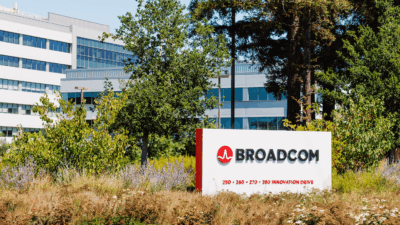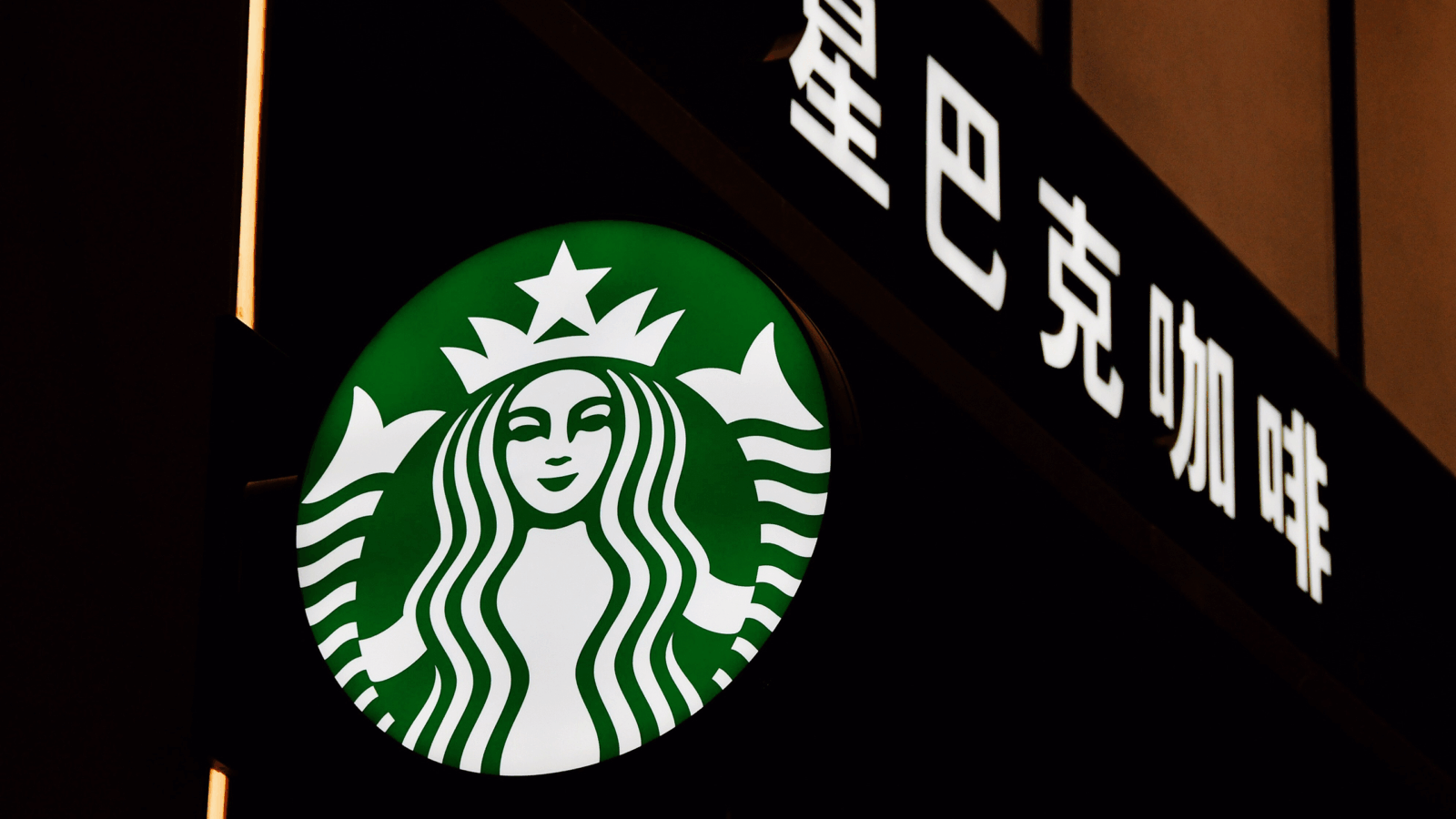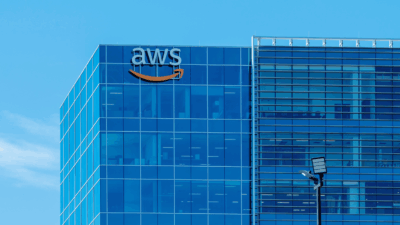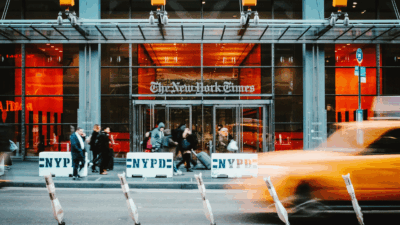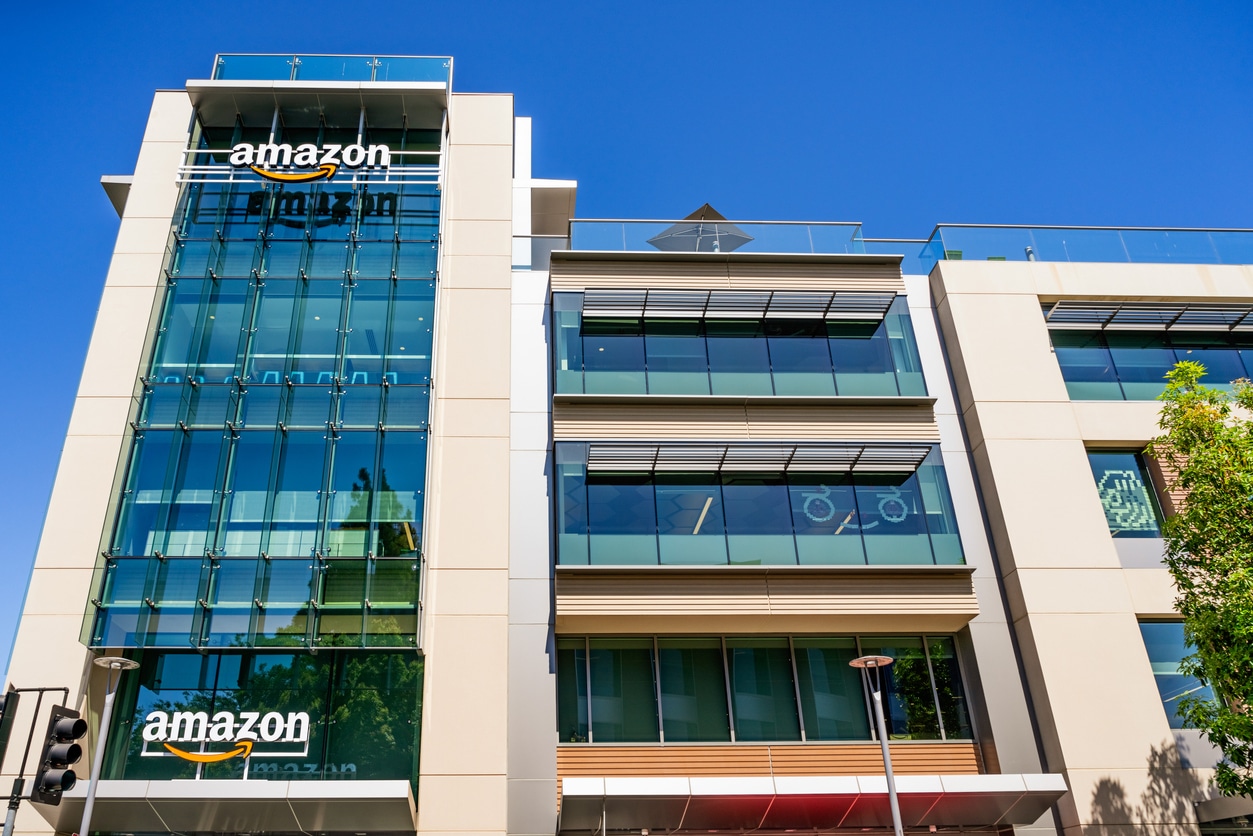
Sign up for smart news, insights, and analysis on the biggest financial stories of the day.
There were weeks last year when Amazon, the world’s largest e-commerce company, turned away stock shipments to its warehouses due to a lack of storage space and warehouse employees.
Seven months through 2021, the company is still in a mad dash to catch up. Despite doubling its warehouse and transportation network in the last 18 months and employing as many people as the active personnel in the U.S. Armed Forces, new figures show Amazon is investing in unthinkably vast amounts of square footage for storing and shipping goods.
We’re Hiring! (Anyone We Can Get)
Amazon shares dropped 7% on Friday after the company lowered sales growth estimates, but for many investors, logistics are the bigger concern. An exceedingly tight labor market has forced Amazon to raise wages and throw in signing bonuses just to attract enough staff. Even with 1 out of every 153 American workers an Amazon employee and a global workforce of 1.3 million, the labor search persists.
Amazon also has a history of breaking open the piggy bank to capture long-term market share, often to the detriment of short-term profit. Even though the strategy has earned the firm some critics over the course of the company’s 27-year history, the money tap isn’t about to be shut off:
- Amazon plans to add 517 facilities to its global distribution network in the next several years, according to logistics consultancy MWPVL International. Those will add 176 million square feet — the size of 3,696 American football fields — to the 402 million Amazon already has for fulfillment.
- In the last year, the firm’s capital expenditures and equipment leases have skyrocketed to $54.5 billion, about double the growth rate from a year ago.
One-Day, Someday: Amazon’s spending is in part to get the company back on the path to the holy grail of order fulfillment: guaranteed one-day deliveries everywhere in the U.S. (for those with a Prime membership, naturally). Credit Suisse analysts said the upsides of Amazon’s ramp-up in capital expenditures outweigh declining revenue guidance because “the consumer responds positively to higher/faster service levels.”



